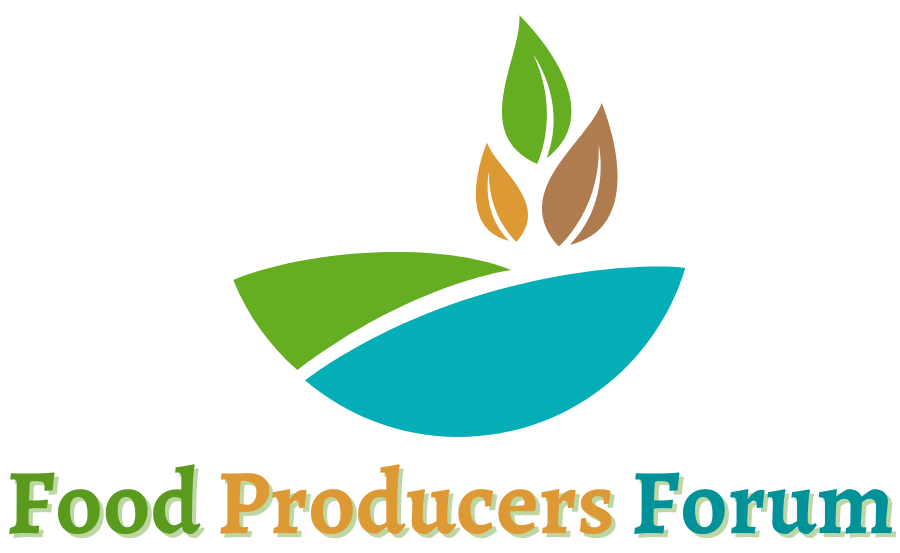As a gardener and in the garden workshops I have been leading over the past eight years, I often hear people ask questions about dirt, meaning the ground in which we grow food. But if you call what is below our feet “ground,” the traditional term here in Newfoundland, or “dirt” as many still do, you are contributing to a dangerous illusion.
Why is this an illusion? Well, in our ignorant bland labelling of pieces of the world (reinforced by the basic structure of English and most other Western languages) when we say “dirt” we are implying that soil is just something dirty and dead. Dirt is what you wash out of your dirty clothes. Ground, a more neutral term, is another way of labelling the surface of the earth stretching out all around us, as if it were a blank slate, without any sense of what it consists of, or everyhting that lives in and on it.
Why is this dangerous? Well, we all need food, don’t we? But if we ignore how our food gets to us, then we are in danger of destroying the fabric that generates the food on which we rely, the delicious foods we consume with such delight.
More than amost any other cultural blind spot, our society has ignored this truth: that food starts with soil and that soil is not a dead substrate that we can boost with chemicals and sanitize with pesticides and herbicides. In fact, living soil is home to complex communities of organisms that create the soil and keep it fully fertile. We ignore that basic fact at our peril.
Where does our food actually come from? In energy terms, food is transformed sunlight energy, passing along through a complex food web, a cycle of life. Where do animals, and the plants that capture sunlight and transform it into nutrients, get the building blocks for what we call food?
Well, in part, they capture it from the air, in the form of carbon dioxide and nitrogen. But many of the chemical elements that are woven by plants into complex sugars, proteins and carbohydrates, plus more than a hundred micronutrients on which our bodies depend for health, come from the soil.
Carbon plays an essential role. When organic materials go back in the ground, they can turn compacted, dead mineral soil into living spongy, organic soil in several ways. Carbon atoms, because of the same unique chemical bonding pattern that has made life on earth carbon-based, attract and then link to the minerals around them. These weak chemical bonds create a lattice holding open spaces, a spongy matrix that does several essential things.
First, it can hold up to ten times more water than dense, dead soil. This means that living soil preserves moisture plants need and helps prevent erosion and flooding. Second, the spaces around the carbon allow the water to make direct contact with trace minerals, the metallic elements (magnesium, copper, selenium, tungsten, iron, manganese, iodine, etc.) that plants need for health, and that our bodies need for growth and a healthy immune response. Selenium, for example, helps form compounds that the body needs to eliminate cancer cells as they begin to form.
What happens in living soil is that millions of organisms make their home there. Bacteria, fungi, insects, arachnids and various kinds of worms take up residence, reproduce, aerate the soil and break down the organic compounds through decomposition and digestion, making them more water soluble and available to the roots of plants. When this happens, plants thrive, becoming healthier and more productive.
Through our industrial farming practices, when we plow the soil, and rely on artificial fertilizers and irrigation, we are destroying or evicting this community, eliminating the underground network of life. We do this at our peril: UN sources estimate we will have used up or wrecked most of our arable land, making it unfit for food production in the next forty years. Research analysis has shown that a head of broccoli you buy at the store today has one-third of the nutrients that it had only thirty years ago.
Civilization was created when humans began growing grains. In corn, rice, wheat and barley, we had storable crops, the surplus that allowed us to live in larger concentrations, take up specialized occupations and begin creating cities, kingdoms and finally, empires. If we lose these valuable crops, grown worldwide in huge monoculture swaths across the northern hemisphere, we will be in deep trouble. And at the root of all this lies the soil, which we are depleting, eroding, poisoning.
So why does the word soil matter? Because naming it can help us see what is below our feet for what it really is: the home of more living things than live above ground. If we can regain a deeper appreciation for the intense community below our feet, we can do a much better job as gardeners, farmers and custodians of a limited planet, by restoringe soil to help keep our planet liveable for generations to come.

